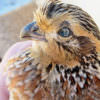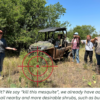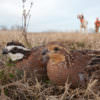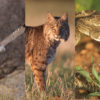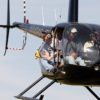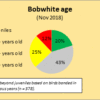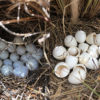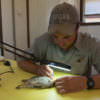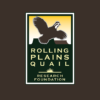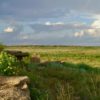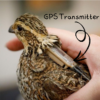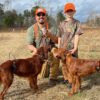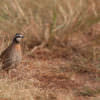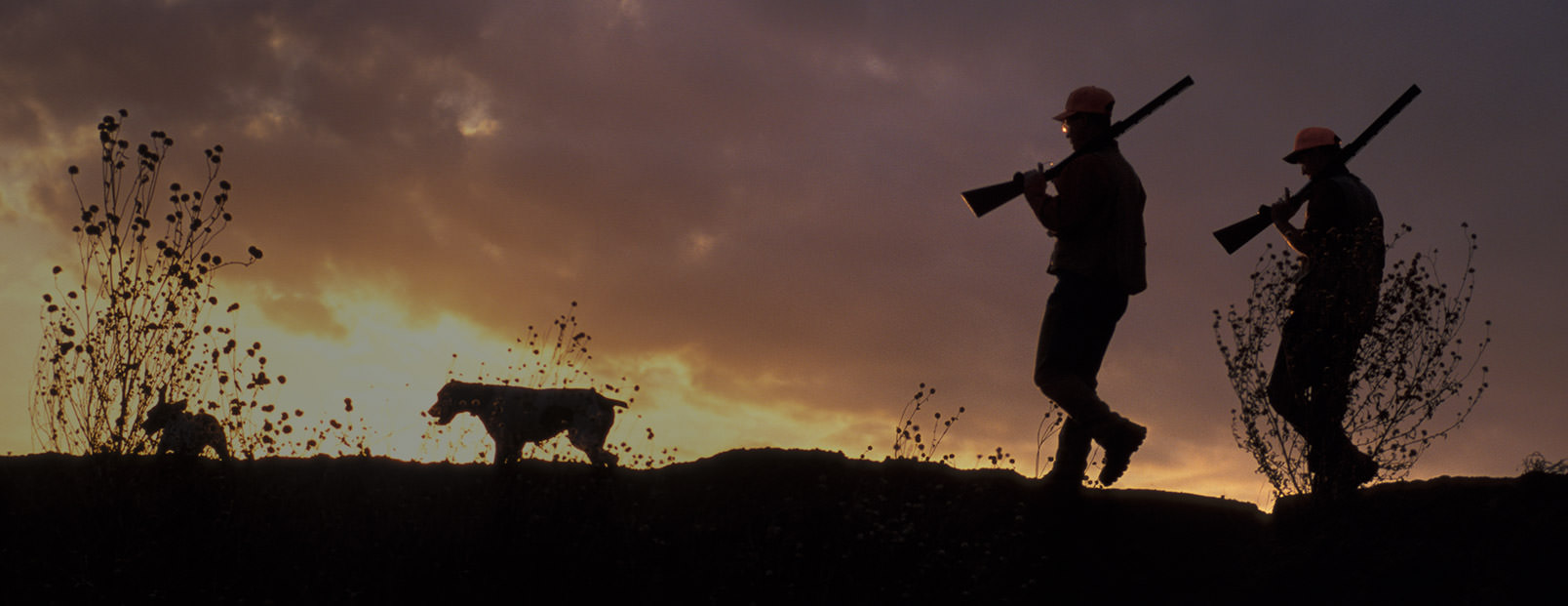
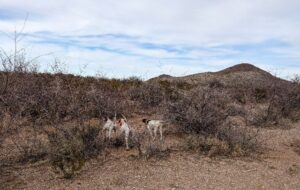 As the end of the Texas quail season came to a close, my thoughts began to shift from bird dogs to our place in the history of quail hunting. Quail hunting in Texas is not merely a recreational activity—it’s a tradition deeply rooted in the cultural fabric of the state. The vast landscapes, rich biodiversity, and the thrill of the chase make Texas a haven for quail hunters. However, amidst the allure of the hunt lies a profound responsibility to safeguard this cherished resource.
As the end of the Texas quail season came to a close, my thoughts began to shift from bird dogs to our place in the history of quail hunting. Quail hunting in Texas is not merely a recreational activity—it’s a tradition deeply rooted in the cultural fabric of the state. The vast landscapes, rich biodiversity, and the thrill of the chase make Texas a haven for quail hunters. However, amidst the allure of the hunt lies a profound responsibility to safeguard this cherished resource.
The history of quail hunting in Texas dates back generations, reflecting a time-honored tradition passed down through families. From the rugged terrains of West Texas to the sprawling grasslands of the Panhandle, quail hunting has been ingrained in Texan culture symbolizing camaraderie, skill, and reverence for nature. The sport has not only provided sustenance but also served as a platform for bonding, storytelling, and instilling values of stewardship among enthusiasts.
Quail play a vital role in the ecosystem, serving as indicators of habitat health and biodiversity. These ground-dwelling birds contribute to seed dispersal, insect control, and nutrient cycling, thereby maintaining ecological balance. Moreover, they serve as prey for various predators, thus forming integral links in the food chain. The decline in quail populations not only jeopardizes the balance of ecosystems but also signals broader ecological degradation, necessitating concerted conservation efforts.
Quail populations in Texas have faced significant declines in recent decades. Habitat loss, fragmentation, agricultural intensification, predation, and changing land management practices have emerged as primary drivers of this decline. The conversion of native grasslands to monoculture crops, urbanization, and the proliferation of invasive species have further exacerbated these challenges, diminishing the availability of suitable habitat for quail nesting, foraging, and roosting.
In response to dwindling quail populations, stakeholders such as the Rolling Plains Quail Research Foundation have mobilized to implement conservation initiatives aimed at habitat restoration, enhancement, and management. We continue to collaborate to conserve and restore critical habitats through prescribed burning, brush management, native grassland restoration, parasite research and land stewardship practices.
As primary stakeholders in quail conservation, hunters wield considerable influence in shaping the future of quail populations. While the pursuit of game is inherent to hunting, ethical considerations and a sense of responsibility must underpin hunting practices. Sustainable harvests, adherence to bag limits, compliance with regulations, and ethical conduct in the field are imperative to ensure the long-term viability of quail populations. Moreover, hunters can serve as ambassadors for conservation, advocating for habitat preservation, supporting research initiatives, and fostering partnerships to safeguard quail habitats.
by Ryan O’Shaughnessy

